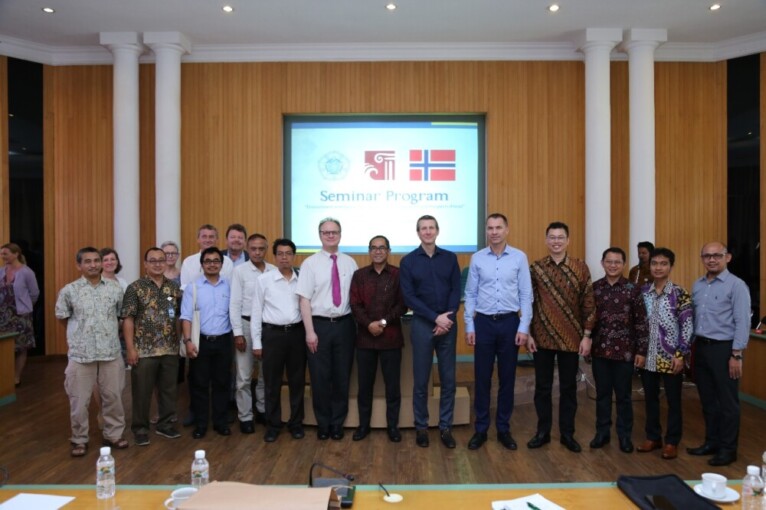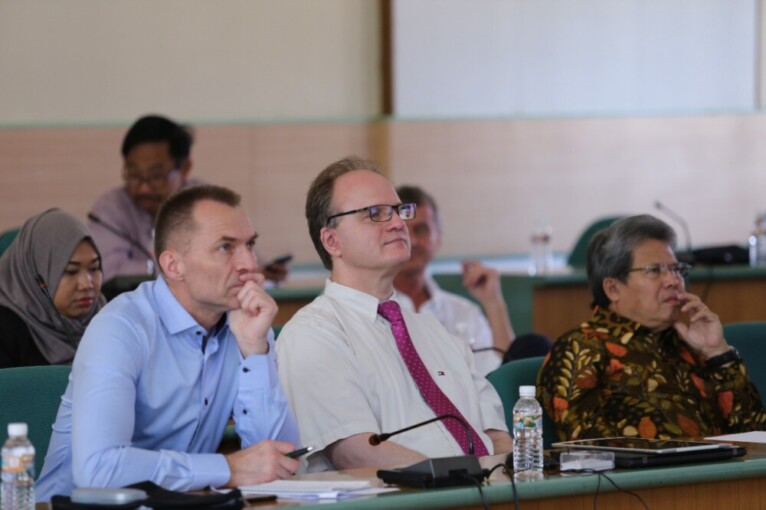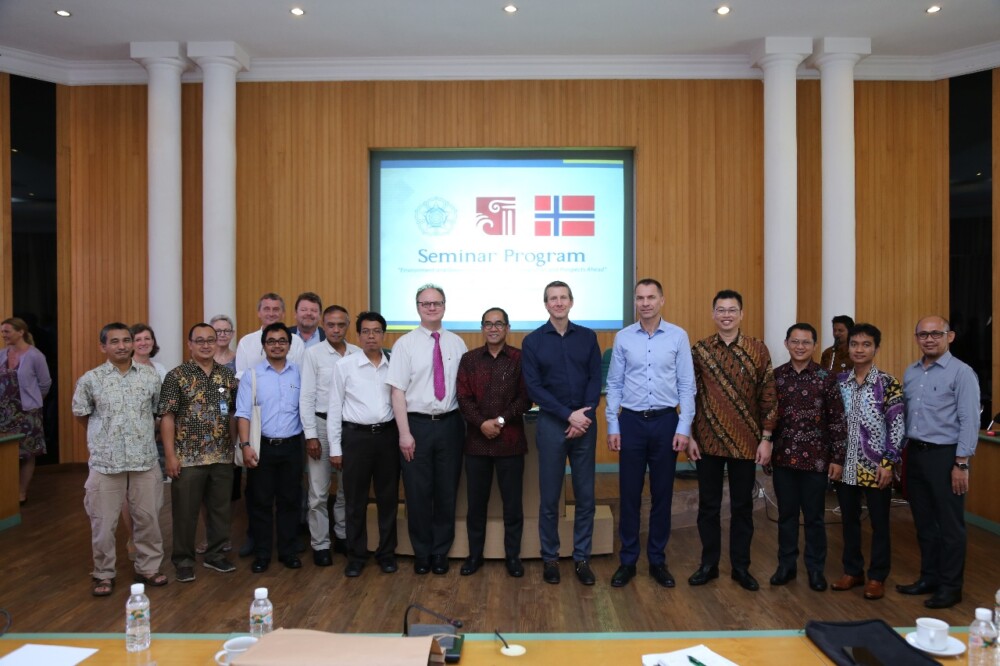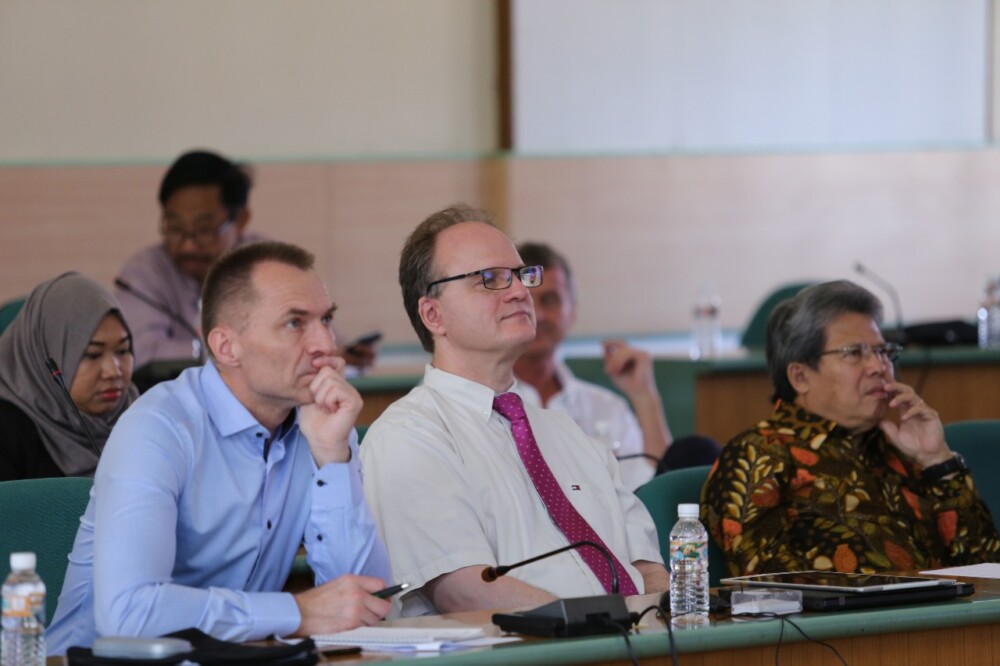Lecturer in Pediatrics Department of Faculty of Medicine, Public Health and Nursing UGM, dr. Ida Safitri Laksanawati, Sp.AK., has done research related to clinical and laboratory predictor of dengue infection in children and factor affecting organ disfunction.
She discussed this issue in her doctoral promotion on Wednesday (14/3) in the Faculty’s Auditorium.
“The goal of this research is to get quantitative data on the characteristics and prevalence of clinical symptom and lab parameter of dengue infection in children while the special purpose is to assess clinical severity degree factor influence, the number of virus, serotype, and type of infection to the organ disfunction in dengue infection,” she said.
She said in the past 50 years, incidence and spread of dengue had developed in various continents, in urban and rural areas that it created serious health problems. Previous research only did analysis comparing infection type factors, viremia level, and virus serotype toward the disease heavy severity based on diagnosis classification.
“But there has been not much research on organ disfunctional incidence,” she said.
The research was conducted at child polyclinics of Dr. Sardjito General Hospital, GMC, Umbulharjo I community health center, Tegalrejo community health center, Jetis community health center, and SpA private polyclinic from November 2012 to December 2015. The research resulted that organ disfunction happened in 42. 79% of all dengue patients, marked with the increase in heart’s enzyme.
“Heart discfunction is found more in cases with dengue fever, but serotype, type of infection, and viremia do not correspond to the emergence of heart disfunction,” she explained.
She also earned data that the prevalence of dengue infection in children with fever <72 hours who came to the polyclinic was 40.14%. Fever with conjunctival injection, tremble, anorexia, thrombosis rate < 150,000/uL and leukopenia < 4500/uL who were examined in the second day of fever were discriminant dengue infection with AUC 88.75%, sensitivity 82.6% and specificity 85.3%.






